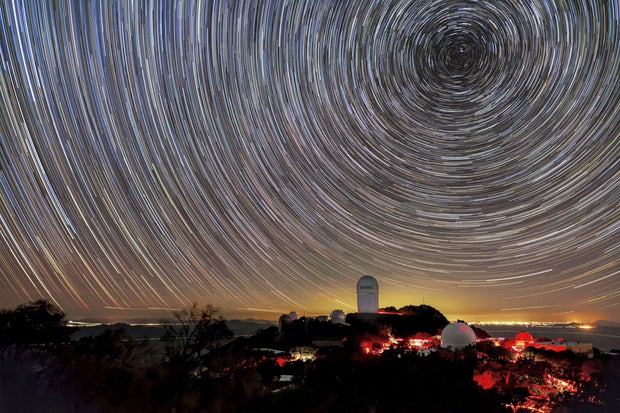A new study led by researchers from Radboud University in Nijmegen, Netherlands, suggests that the universe could reach its end significantly earlier than previously believed. Published in the Journal of Cosmology and Astroparticle Physics, the research offers a major revision to long-standing estimates of the universe’s lifespan. The team based its calculations on Hawking radiation, a phenomenon first proposed by physicist Stephen Hawking in the 1970s, which predicts that black holes emit radiation and gradually lose mass over time.
Until now, estimates for the end of the universe stretched as far as 10110010^{1100}101100 years into the future. However, the new calculations submit a drastically shorter timeline: approximately 107810^{78}1078 years. Lead author Heino Falcke explained that “the final end of the universe is coming much sooner than expected,” although he emphasized that it still lies “a very long time” ahead. The results don’t suggest any immediate risk, but they do point to a much more dynamic long-term evolution of the cosmos than scientists had previously modeled.
Applying Hawking’s Theory Beyond Black Holes
The research team, which included Falcke and co-author Walter van Suijlekom, extended Hawking’s theory beyond black holes to consider its effects on other dense cosmic objects—specifically, white dwarfs, which are the remnants of stars that have exhausted their nuclear fuel. These stellar corpses are among the longest-lasting objects in the universe. By analyzing the density of these bodies, the scientists determined how long it would take for them to dissolve due to Hawking radiation.
According to the study, the so-called “evaporation time” of celestial objects depends on their density. While black holes are known to evaporate extremely slowly, the team found that white dwarfs, which are also incredibly dense, would also gradually dissipate—albeit on a different timescale. This insight allowed the researchers to pinpoint a theoretical boundary for the survival of matter in the universe, significantly shortening the expected timeline of cosmic endurance.
Earth’s Fate Remains Unchanged
The study also notes that this new timeline does not affect the more immediate fate of Earth and the solar system. Scientists still believe that within a billion years, the Sun will become too hot for life as we know it, likely causing the oceans to boil away. Around eight billion years from now, the Sun is expected to expand and engulf the Earth, turning the planet into a lifeless, charred shell.
By that time, humanity—if it still exists—will have long since left Earth or ceased to exist altogether. “Humankind needn’t worry too much about the end of the universe,” the authors noted. The revised estimate of 107810^{78}1078 years still gives ample room for evolution, migration, and cosmic transformation before the final moments.
Questions Raised About Dark Energy
This research comes as scientists are also re-examining the behavior of dark energy, the mysterious force believed to drive the expansion of the universe. In March 2025, new findings suggested that dark energy might be weakening. If that turns out to be the case, it could imply that the universe’s expansion may not continue forever. Instead, the cosmos might eventually reverse course and collapse in a phenomenon known as the Big Crunch.
“Now there is the possibility that everything comes to an end,” said Mustapha Ishak-Boushaki, a cosmologist at the University of Texas at Dallas who collaborated on related research. “Would we consider that a good or bad thing? I don’t know.” The fading of dark energy would mean the end of the current era of cosmic acceleration, potentially ushering in a future where galaxies fall back together under the force of gravity.

New Telescopes May Provide Deeper Answers
Several international missions are currently underway to further study dark energy and the universe’s structure. The Euclid space telescope, launched by the European Space Agency in 2023, is equipped with a 3.5-foot-wide primary mirror and sophisticated instruments, including a 600-megapixel visible light camera and a 64-megapixel infrared spectrometer. Its wide field of view enables it to map the distribution of galaxies with unprecedented precision.
Meanwhile, the Vera C. Rubin Observatory in Chile is also expected to contribute valuable data in the coming years. These efforts may offer new insights into whether dark energy is truly weakening—and what that could mean for the universe’s ultimate fate. As scientists continue probing the cosmos, the recent findings from Radboud University offer a fresh perspective on the ticking clock of cosmic existence.

